jag51186 said:Yeah, it definitely uses salt. Just added a bunch. I'm assuming the level of hardness I have is incompatible with fish life??
Not at all. Some fish prefer harder water. Some others will manage, and some will not have an easy time of it by any means. Livebearers (any of them) will be fine. African rift lake cichlids too (not together of course). And there are some fish among the cyprinids and characins.
Another option is to dilute the well water with "pure" water like RO, distilled or even rainwater. The latter is ideal (unless you live in an industrial area). Other members have more experience in this; I have the opposite water, very soft, so I don't keep harder water fish.
Just off the top of my head, one option would be Central American livebearers and possibly one of the peaceful CA cichlids. A 55g tank as was mentioned in your initial post could become a very beautiful CA stream aquascape. This is one of my favourite areas actually, but I stay away from it as I have very soft water; while I could take steps to harden the water (I have in the past for mollies and even rift lake cichlids) I've contented myself with a 90g River Habitat which is something along the lines of a CA stream, except with SE Asian fish.
Byron.



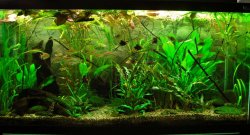
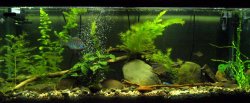
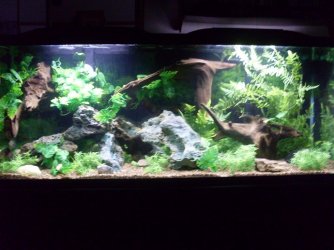
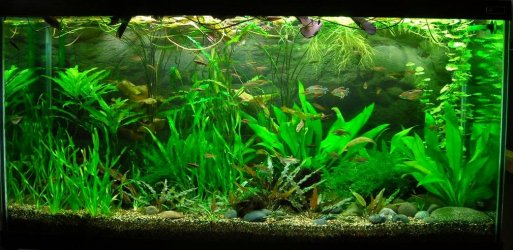
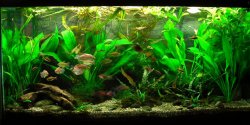
 /fish.mongabay.com/biotope_central_america_river.htm
/fish.mongabay.com/biotope_central_america_river.htm